The International Meeting of Lay Brothers took place from 28 April to 2 May 2025, after two years of preparation at the conference level. Fifty elected representatives gathered in Assisi to discuss Fraternity and Minority, Mission and Evangelisation, and Formation and Studies. Friar Vernon Chua represented the lay brothers of the Custody of St Anthony (Singapore-Brunei-Malaysia).
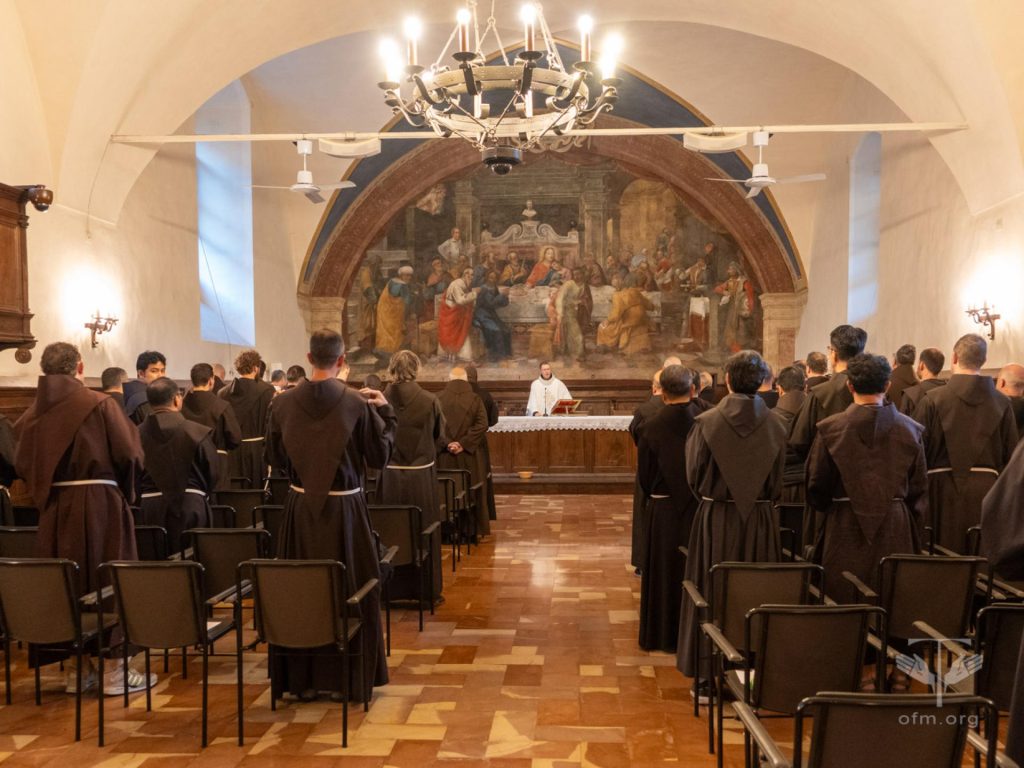
It was an honour for me to represent the SAAOC (South Asia, Australia and Oceania Conference) at the International Meeting of Lay Brothers. Over five deeply enriching days, we explored much ground, and I found the renewed and prophetic vision of the Franciscan lay brother’s vocation insightful and energising.
A central insight was the call to move away from a functional definition of what a lay brother does towards a deeper understanding of who a lay brother is – a shift from function to vocation.
Through historical and theological reflections, we explored the varied expressions of fraternity lived across different cultures and contexts. Six themes for renewal emerged: (1) the transformative narrative from function to vocation, (2) the inculturation of the vocation across cultures, (3) the theological witness of lay fraternity, (4) the creative tension between the desire for recognition and the call to minority, (5) the need for integrated yet differentiated formation, and (6) the prophetic contribution of lay brothers to today’s Church.
This vision was framed around three powerful metaphors. Fraternity is described as (1) a spiritual ecosystem where different vocations coexist in mutual respect and complementarity; (2) evangelical polyphony where distinct voices harmonise in the Gospel; and (3) a frontier space where diverse expressions of discipleship meet, dialogue and generate new paths.
The metaphors reframe the identity of the lay brother as a full and essential participant in the life and renewal of the Order. This vision challenges the entire Franciscan family to rediscover its original evangelical vitality where fraternity is shaped by shared discipleship and a radical following of Christ in joy, poverty and mutual love.
Having served for many years in the formation of friars, I was especially drawn to the practical proposals that arose around formation. There is now a clear call for new models of formation that honour both shared and personal journeys, fraternal life marked by co-responsibility and non-hierarchical structures, and mission that visibly reflects unity in diversity.
I was heartened to have my approach to formation affirmed. Formation is a science, but it is more profoundly an art. Formation is not just taught; it must be caught through lived witness. Living my vocation as a lay brother has allowed me to experience the deep freedom that comes from being aligned with God’s plan.
There is much to act upon from the meeting. Yet what I treasure most is the camaraderie of the brothers assembled – the sharing of stories, struggles and challenges which give me renewed hope in our vocation.
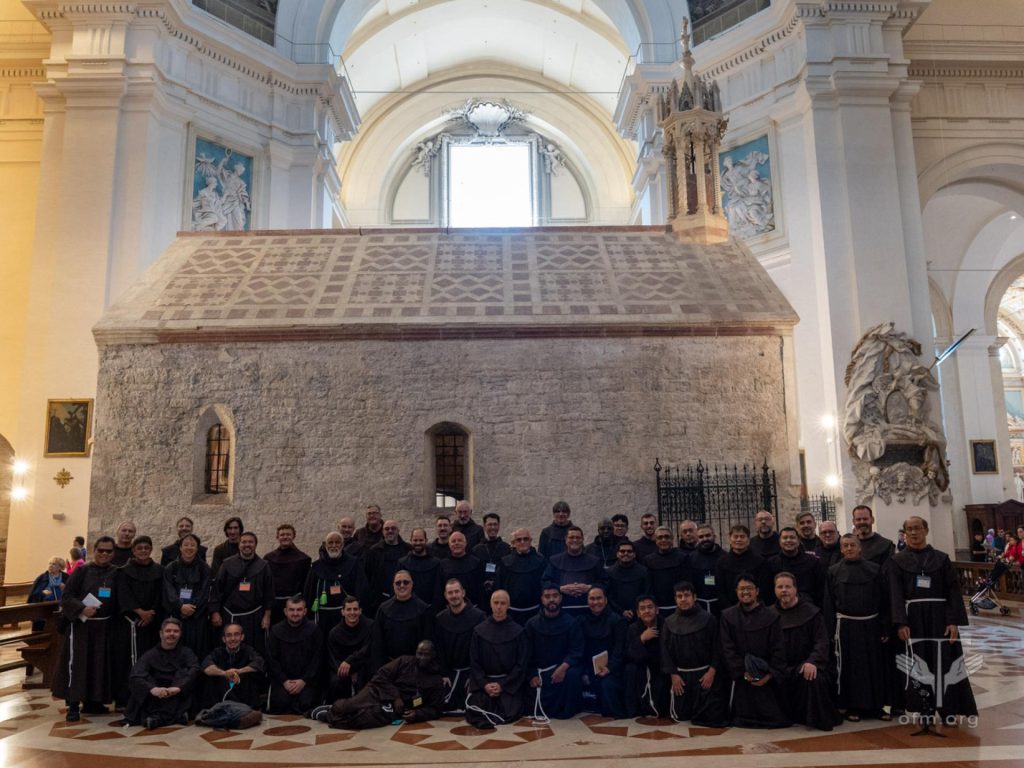


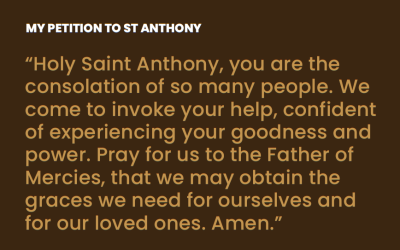
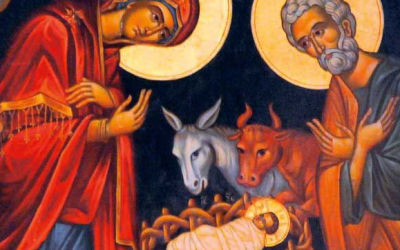
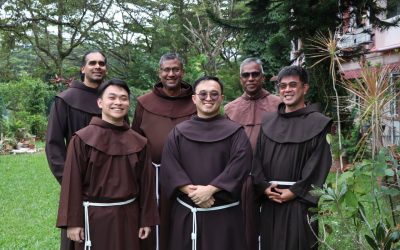
0 Comments